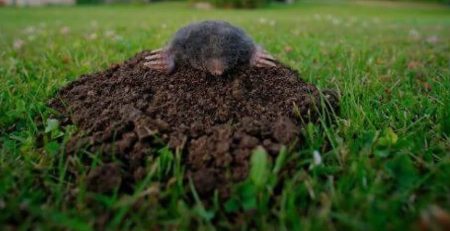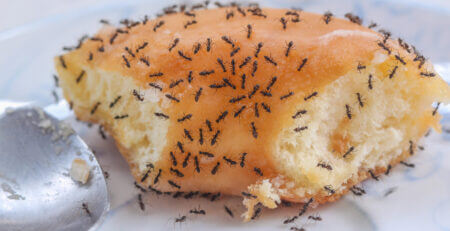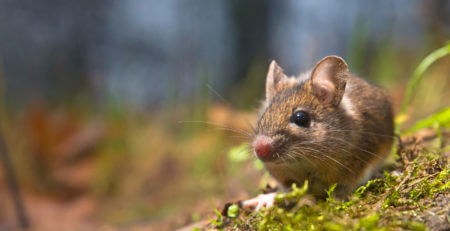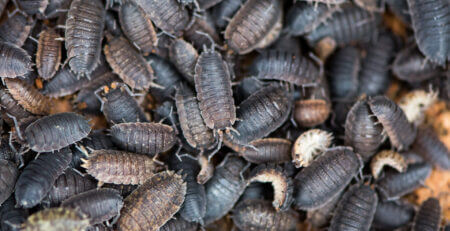Structural Damage Caused by Rats in the UK: Property Damage and Safety Concerns
Rats can cause significant structural damage to properties in the UK, posing safety concerns and compromising the integrity of buildings. Understanding the extent of the damage rats can inflict is crucial for implementing effective rat control measures. In this article, Pest Control Direct highlights the structural damage caused by rats in the UK, emphasizing the importance of rat control to protect properties and ensure the safety of occupants.
1. Gnawing and Chew Damage:
Rats have strong incisors that continuously grow, leading them to gnaw on various materials. This gnawing behaviour can result in significant structural damage, including:
– Wood Damage: Rats gnaw on wooden structures, such as beams, floorboards, doors, skirting boards, and furniture. They can weaken structural components, leading to stability issues and potential collapse.
– Electrical Damage: Rats are known to chew through electrical wiring, cables, and insulation. This not only poses a fire hazard but can also cause electrical malfunctions, power outages, and damage to appliances.
– Plastic and PVC Damage: Rats can chew through plastic pipes, fittings, and PVC materials, causing leaks, water damage, and plumbing issues.
– Insulation Damage: Rats may chew through insulation materials, reducing their effectiveness and leading to energy inefficiency.
2. Burrowing and Nesting Damage:
Rats create burrows and nests within properties, leading to additional structural damage:
– Foundation Damage: Burrowing rats can undermine the stability of foundations, especially in older properties or those with weakened structures. This can result in cracks, subsidence, and structural weaknesses.
– Wall and Ceiling Damage: Rats may burrow into walls and ceilings, causing damage to plaster, drywall, and insulation. This can lead to unsightly holes, weakened structures, and potential entry points for other pests.
– Contamination and Odour: Rat nests can accumulate debris, urine, droppings, and food waste, leading to foul odours and unsanitary conditions within the property.
3. Roof Damage:
Rats can access roofs and cause damage that compromises their integrity:
– Roof Tile Damage: Rats may dislodge or damage roof tiles while navigating or creating entry points, leading to water leaks and potential structural damage.
– Gutter and Drain Damage: Rats can damage gutters, drains, and downspouts while climbing or seeking food sources, leading to water accumulation and potential water damage to the property.
– Insulation Damage: Rats may nest in roof spaces and damage insulation materials, reducing their effectiveness and potentially impacting energy efficiency.
4. Fire Hazards:
Rats pose a fire hazard due to their gnawing behaviour and damage to electrical wiring:
– Electrical Fires: Rats chewing through electrical wiring can expose live wires, creating a fire risk. Faulty wiring caused by rats can lead to electrical sparks, short circuits, and potentially devastating fires.
Prevention and Control Measures:
To mitigate the structural damage caused by rats in the UK, it is important to implement preventive measures and seek professional rat control services:
– Seal Entry Points: Identify and seal gaps, cracks, and openings in walls, floors, foundations, and roofs to prevent rat access to the property.
– Maintain Hygiene: Keep the property clean, promptly clean up food spills, secure waste management, and eliminate potential food sources that may attract rats.
– Regular Inspections: Conduct regular inspections to identify signs of rat activity, such as gnaw marks, droppings, or nests. Early detection can help address infestations before significant damage occurs.
– Professional Rat Control: If a rat infestation is suspected or detected, seek professional pest control services experienced in rat control in the UK.
They can assess the extent of the infestation, implement effective control measures, and provide guidance on long-term prevention strategies.
Conclusion:
Rats in the UK can cause extensive structural damage to properties, compromising their integrity and posing safety concerns. Gnawing and chewing damage, burrowing and nesting damage, roof damage, and fire hazards are among the key structural risks associated with rats. Implementing preventive measures, conducting regular inspections, and seeking professional rat control services are crucial steps in protecting properties, ensuring the safety of occupants, and minimizing the structural damage caused by rats in the UK.








